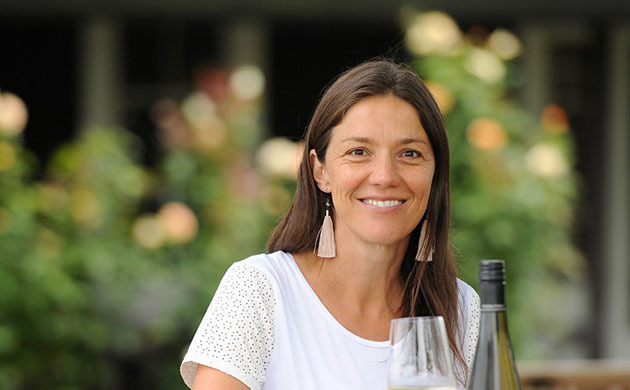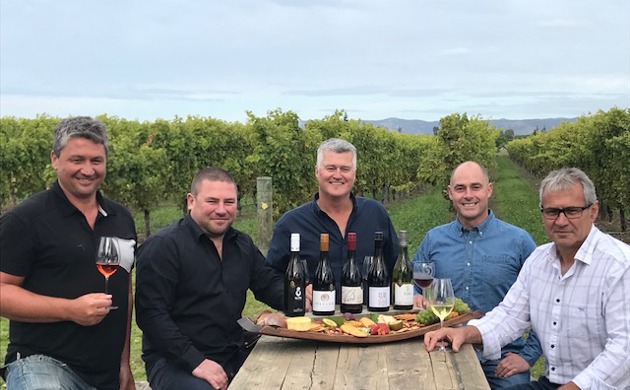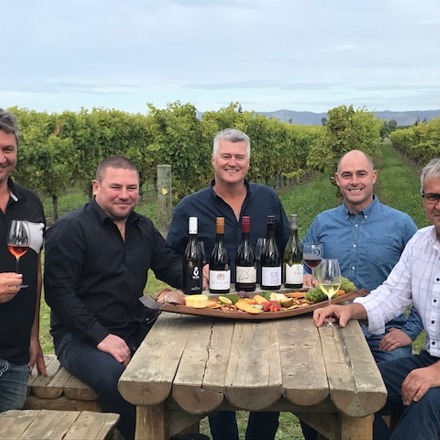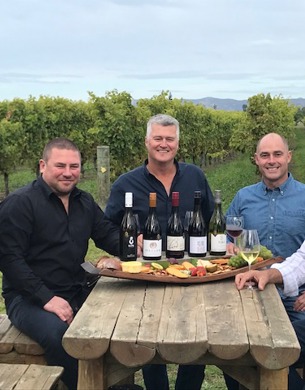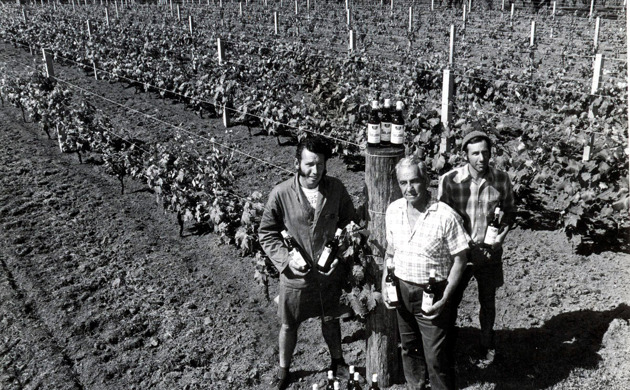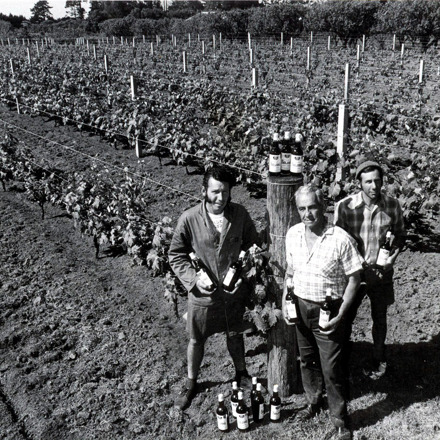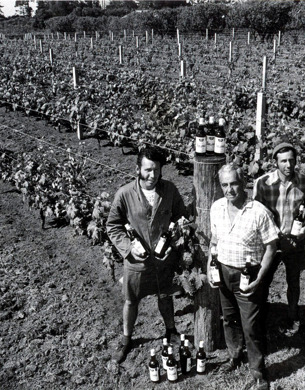Sophie Preece
But these days that’s the least of this businesswoman’s double ups. Because, over summer, she watched leafy green hemp flourish amid Sauvignon Blanc rows, in a trial to boost vineyard health and income. Kirsty is the first grape grower in New Zealand licensed to grow industrial hemp, thanks to legislation passed in November 2018 allowing the seed to be grown as a food product. That’s a potential extra income, but she’s just as interested in hemp as a cover crop, attracting insects while it stands, and nurturing the soil when it is mulched in on site.

Kirsty was reluctant to talk of the three trial sites over summer, concerned that people wouldn’t understand the vast difference between the high-inducing marijuana and its quiet cousin hemp, which contains negligible amounts of THC. However, the success of three trials sites has led to plans to apply for permission to plant out more than 60 hectares of vineyards in Marlborough next season, making Kirsty a significant player in New Zealand hemp production.
The industrial hemp is just the latest example of her commitment to Mount Base, which was seriously ailing when she took over its management in 2010. What she lacked in knowledge about horticulture she made up for with stubborn determination, nurturing the vines and soil back to health. The trained nurse says she didn’t know much about vines but knew that the healthier a human body, the more resilient it is.
She and her vineyard team called on plenty of advice and help, then used seaweed fertilizers, effective microorganisms and estate-made compost to bolster the redeemable vines, while replanting those beyond help. “This block was 70% dead. It’s been hard yards to get it looking like this,” she says, looking over rosy-cheeked rows of Sauvignon Blanc.
Over the past nine years, she has trialled alyssum, mustard seed and buckwheat as cover crops for her vines, but last year became intrigued by the potential of hemp. “I thought, ‘why not trial something that could potentially give us a second income down the track?”
Getting a licence was easier said than done, with a “thousand hoops” to jump through. Two attempts were denied before Kirsty brought together the “best team” she could, including a regulatory consultant from California, the vice president of New Zealand’s hemp association, and scientist Dr Mark Krasnow, who has funding from Callaghan Innovation to write a research paper on the trials.
The rigamarole was absolutely worth the effort, she says. “So far it’s incredible. The insect life is far superior to what we expected.” The hemp gets a little caterpillar that attracts Trichogramma wasps, a natural predator of the light brown apple moth, and was covered in ladybugs and praying mantes over the growing season, along with all other manner of beneficial insects. There were significantly more insects among the rows with hemp than in the rest of the vines, she says. Once the seed was harvested in March, the remaining plant matter was mulched into the vineyard, putting valuable resource back into the soil that grew it. “Our first soil samples are positive, and the first wine trials have very exciting results,” says Kirsty. The symbiotic planting is capturing the attention of others as well, and a number of organic growers have asked Kirsty to help get them licences for the year ahead.
Thoughtful Viticulture’s Mark Krasnow says the real benefit he sees for vineyards is the ease of growing hemp.
“Even in this outrageously dry season, when the seeds were put in rather late after the soil moisture was pretty much depleted, Kirsty was still able to grow a crop,” he says. “The hemp and the vines were the only green things in her vineyard.
"There were remarkably self-sufficient, unlike other mid-row cover crops used in New Zealand vineyards, such as buckwheat, phacelia, and clover, which all dried off during the drought.”
Mark says growing hemp as a cover crop has the potential to add back organic matter and create a mulch when moved down, in order to maintain soil moisture and improve soil structure. “Next season we will do a standardised study to investigate further what effect the hemp has on grape ripening and health, and whether having the hemp in the vineyard negatively impacts wine quality.” It is “certainly exciting times”, he adds. “I cannot wait for next season to really ratchet up our trials and assess the viability of a new cover crop for New Zealand viticulture.”

Mount Base Vineyards is about far more than vines and hemp, with Kirsty determined to create a diverse environment on the land. Until she built Base Camp last year – now home to her boots and heels – she lived in a 1976 Bedford bus by the river, with an outdoor shower sprouting from a tree just beyond. An orchard went in nearby, as did an olive grove, beehives, and hundreds of natives along the stone walls that mark the Waihopai River boundary.
“What we are trying to do is get the tui,” she says. “The wax-eyes, which love to eat the grapes, we want to go and the tui are territorial, so when they move in the wax-eye move-out.”
She loves the pheasants that have made their home there too, along with 80 or so quails that scamper along by the river. “I wanted it to be about more than a monoculture of vines.”
Nine years into her double life, Kirsty is as comfortable with her hemp as she is her vines, and in her gumboots, as she is stilettos. On the day we talk, she is helping drench lambs in the neighbour’s yards, before releasing them to graze the vineyards. Staff get a sheep each when the flock leaves at budburst, and the rest are sold, with the staff having a hand in deciding what the profits will be spent around the property.
But it’s been an arduous journey, “and I think had I known what I was in for, I probably would have said no”, she admits. “One of my friends said to me at the beginning ‘you have taken on a dog but set yourself a 10-year plan and just take it one year at a time’. That was the best advice,” she says. “It would have been too overwhelming otherwise, and I hit my target in eight years.”
Article originally published in Winepress Issue 292 and republished with their permission.
Did you know?
While hemp and marijuana are both varieties of Cannabis sativa, they each pack a wildly different punch. Marijuana can contain up to 30% THC, the intoxicating substance that gives users a high, while hemp will keep you grounded, with less than 0.3% (per dry weight) THC. Some strains of hemp, on the other hand, contain much more CBD, a non-intoxicating compound with medical applications. Hemp has been grown in the United States for centuries and over that time has been bred to the purpose. It can be used to make rope, clothes, and other textiles, and is also being used in construction material and medicines. The seeds are edible, and that is what Kirsty is licensed to grow for, with a strain that is lower both CBD and THC but bred for fibre and seeds.





